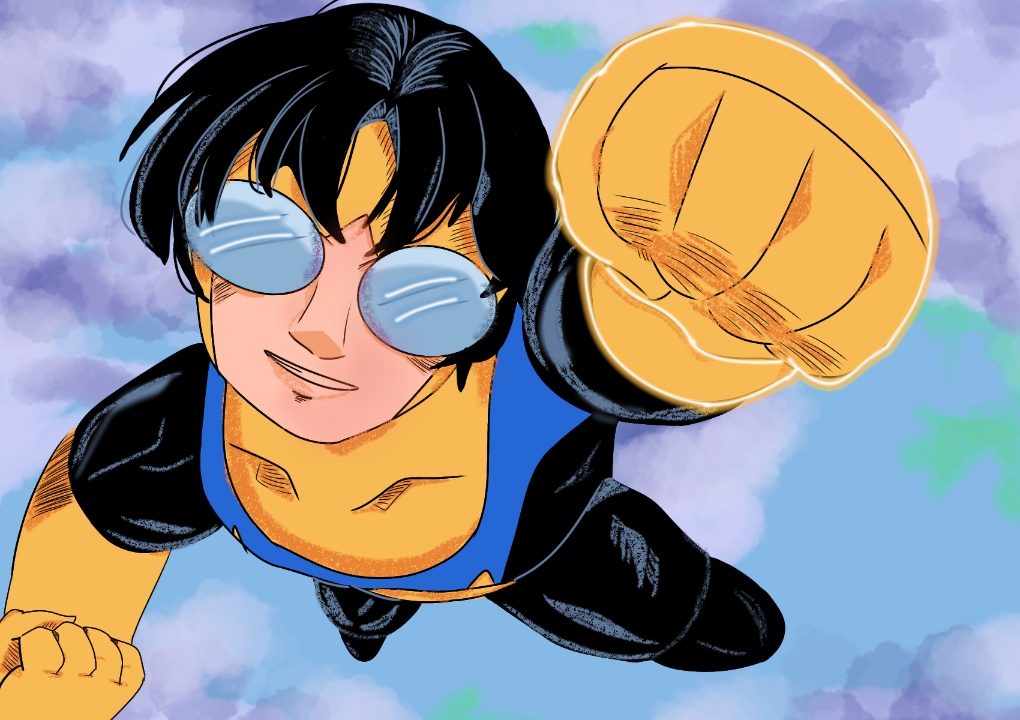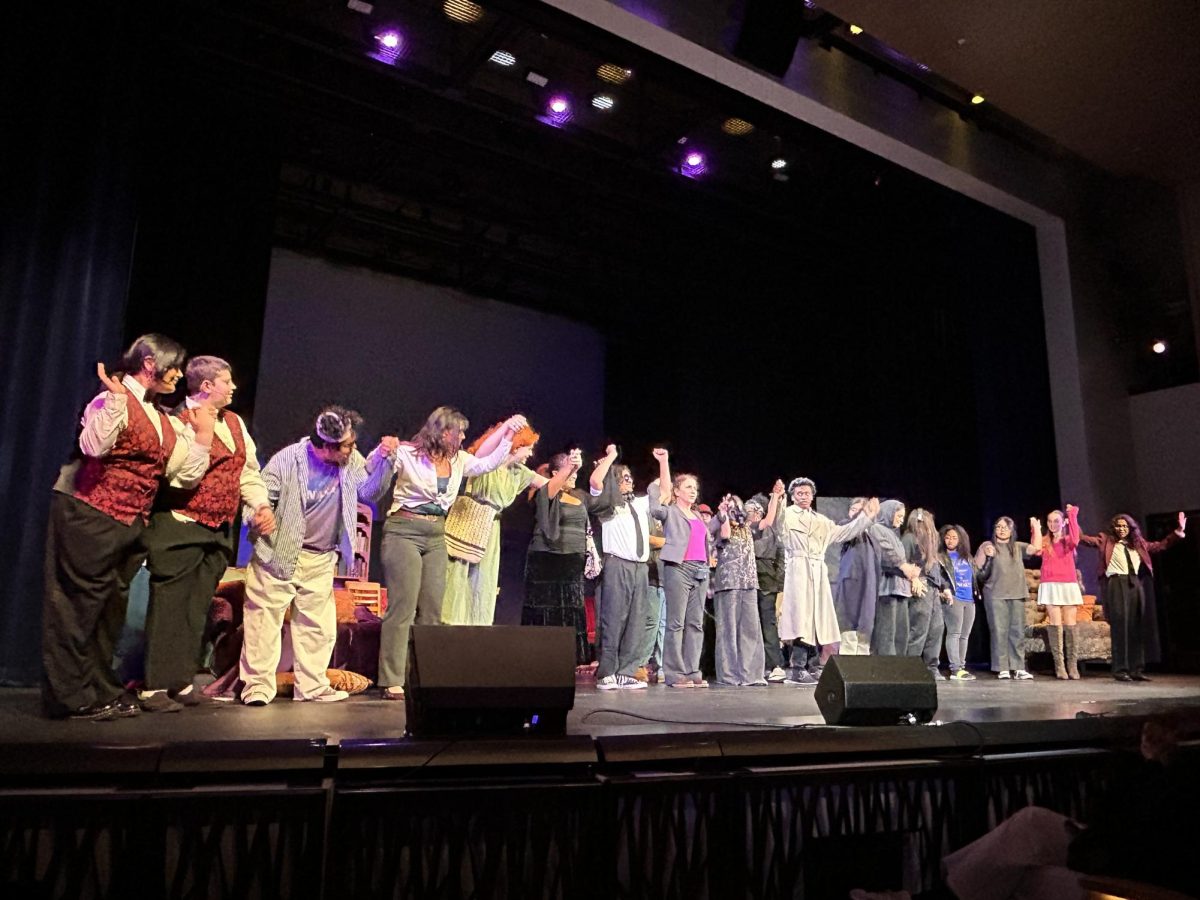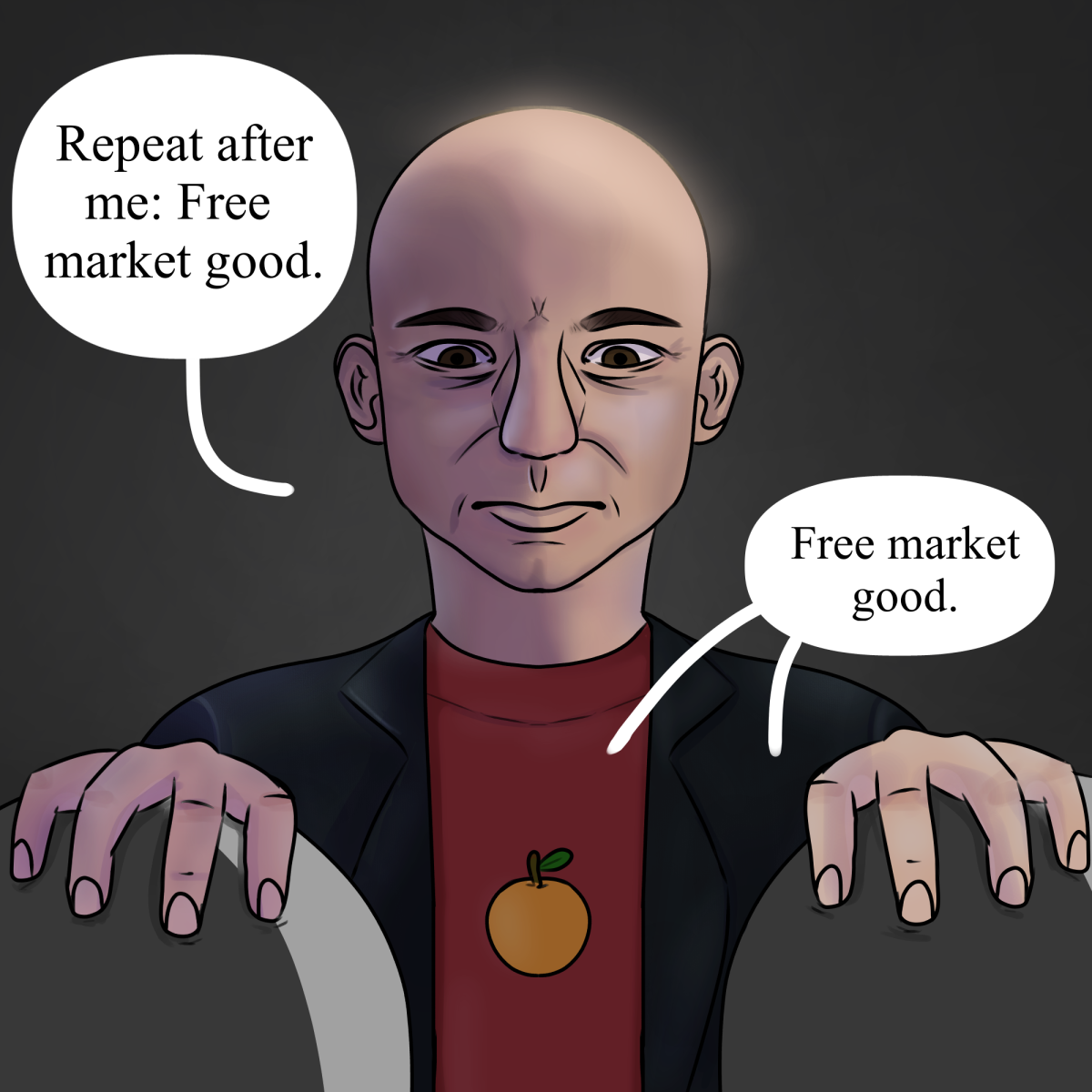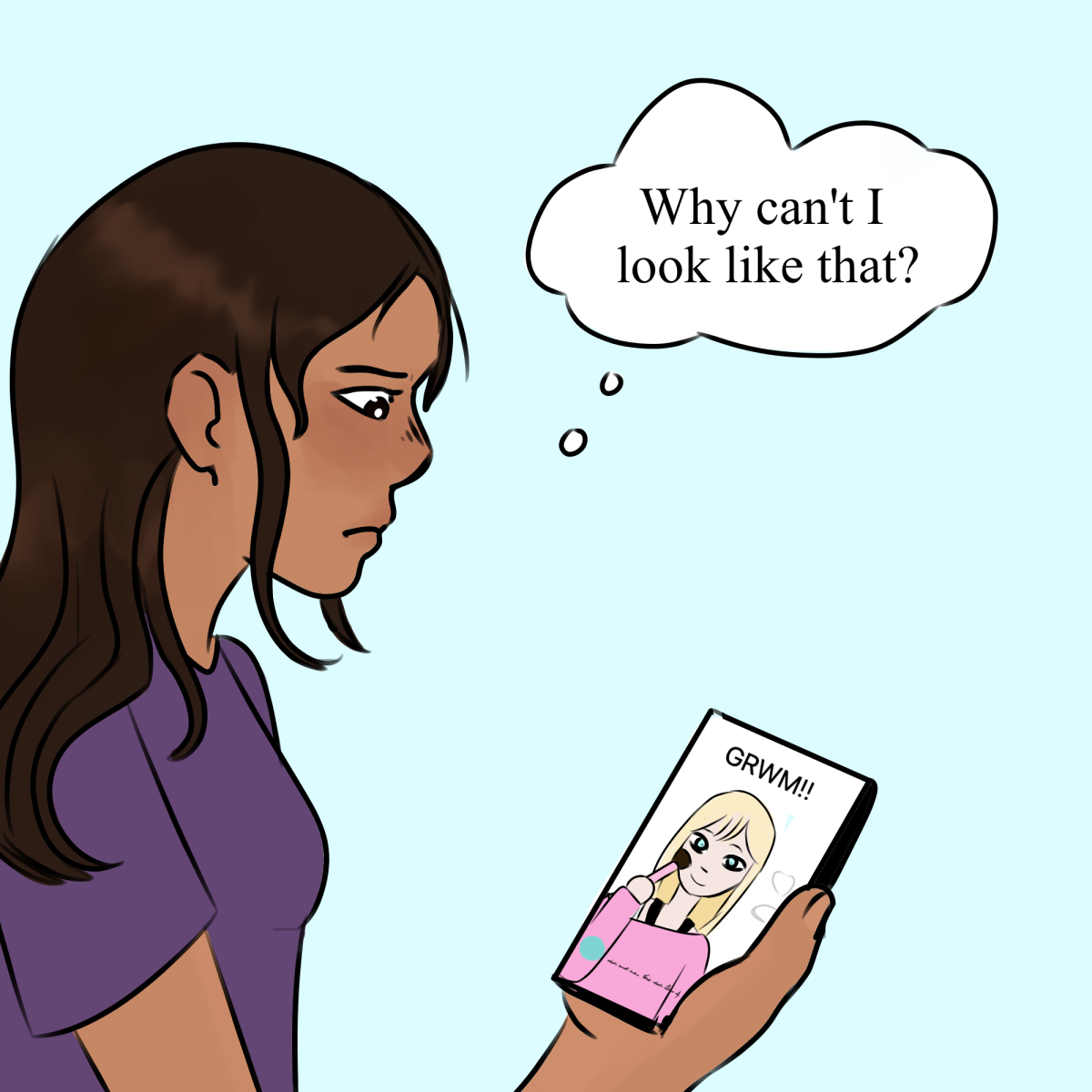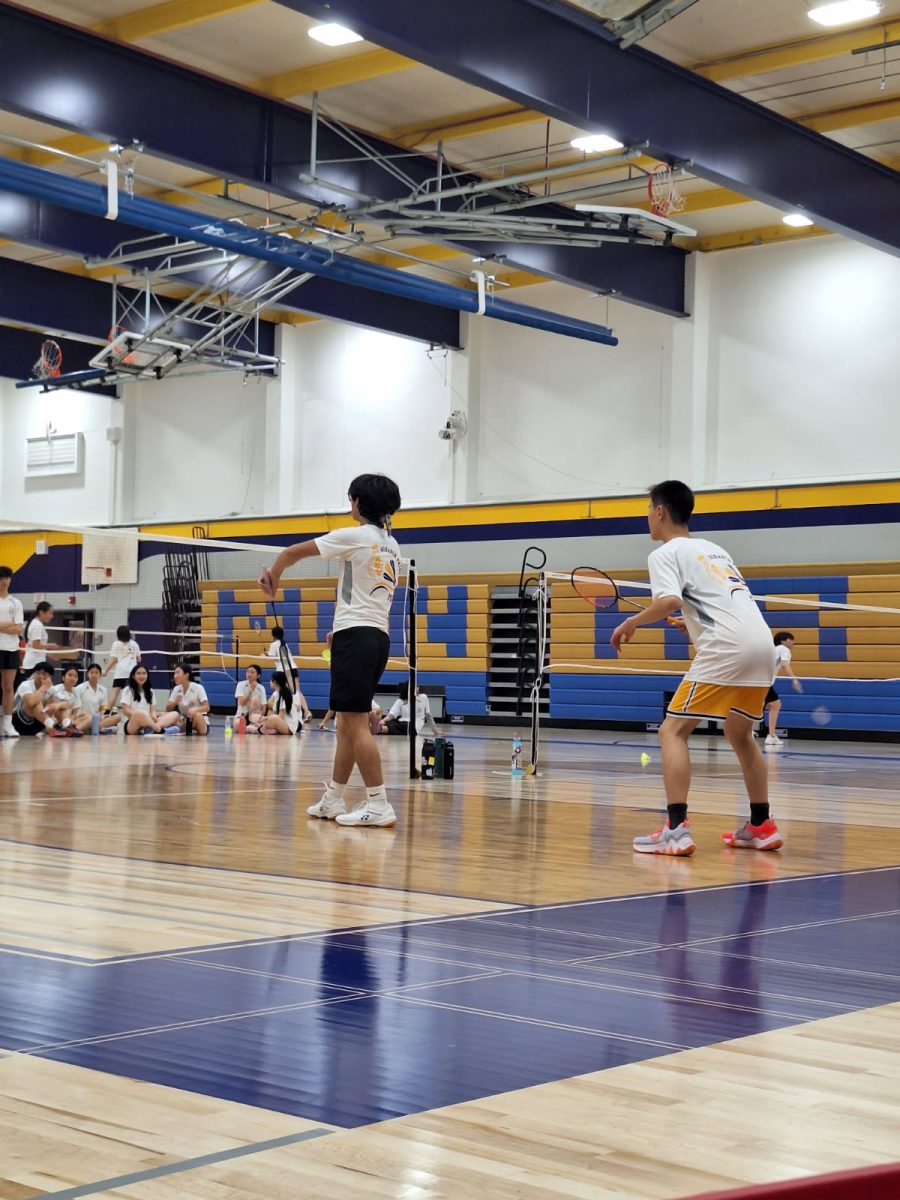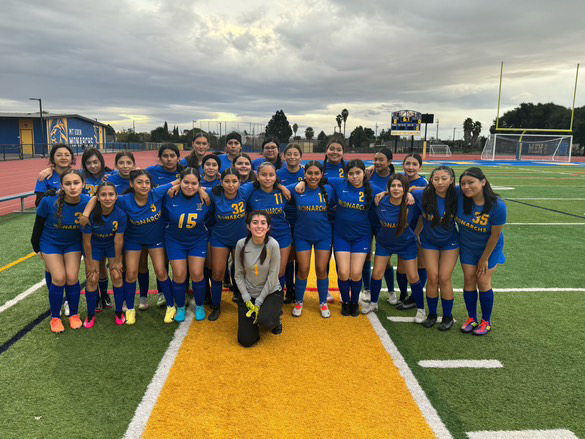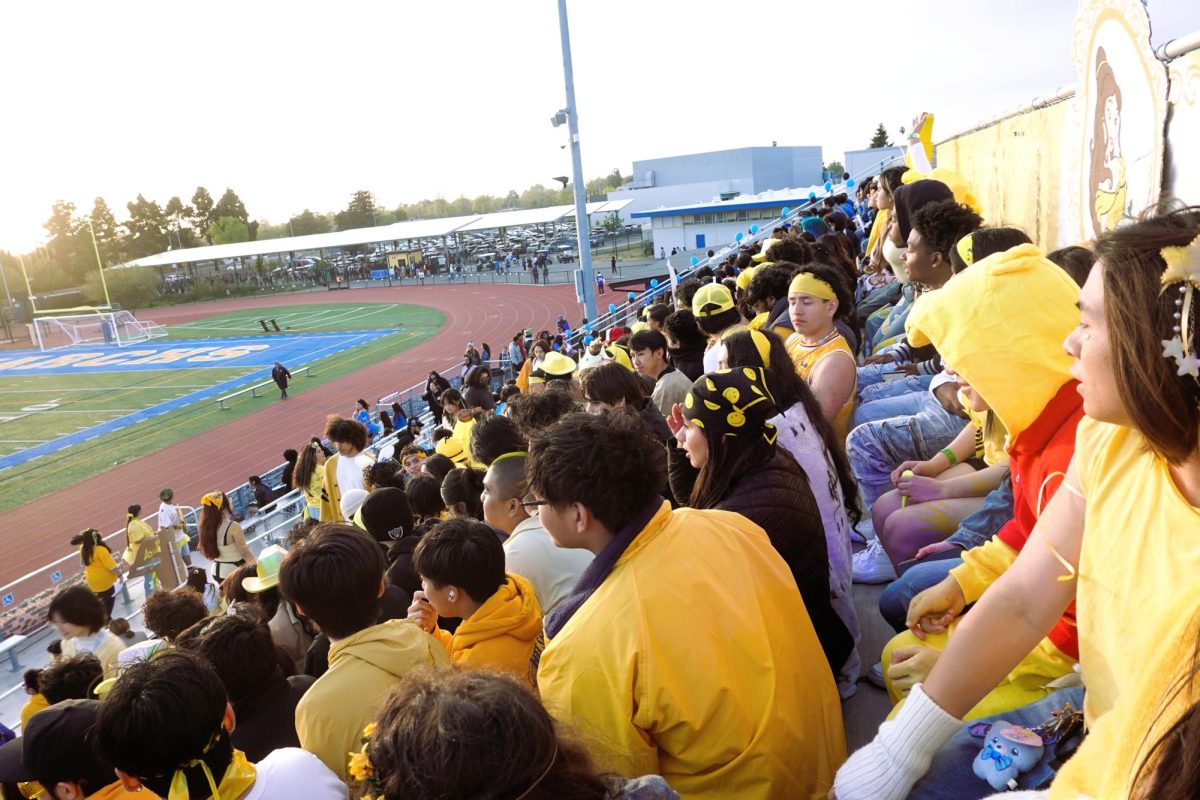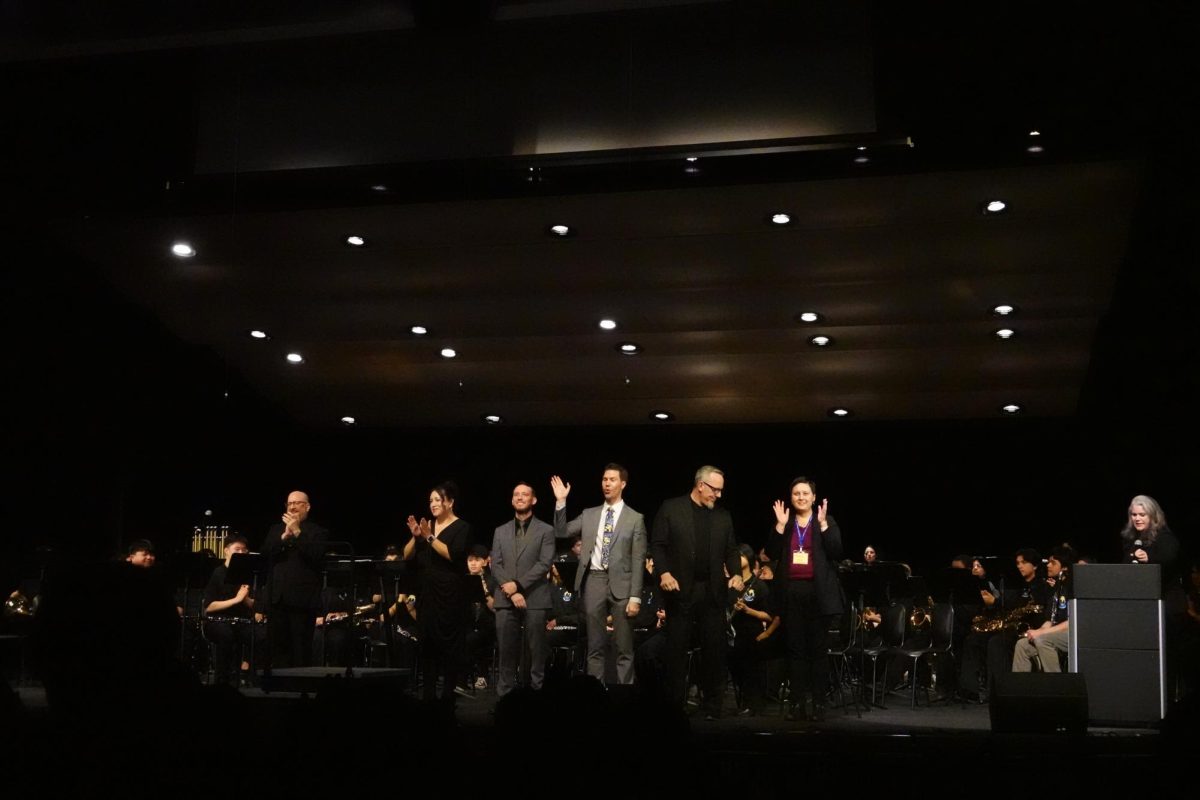Picture this: It’s your last year in the academy, and you are at the top of your class. You heard the school has created the Plinth Prize for the top student. You were eagerly waiting for the school to announce you as the winner, but there is a deadly change of plans. The dean of the academy announces that instead of winning a prize, the top 24 students will become mentors, each partnered with a tribute of the Hunger Games, tasked with the mission to help their tribute survive and win a brutal battle royale. If they succeed in securing their tribute’s survival, they will then be awarded the Plinth Prize.
You have no choice so you set out to keep your tribute alive and win. The selection starts and tributes are chosen from the stronger and wealthier districts. Getting a tribute from the poor districts was a recipe for disaster, and you drew the last spot. You are paired with a tribute from the poorest district, doomed to lose. You don’t know how you will win, but this setback will not stop you from finishing on top.
The Ballad of Songbirds & Snakes is a film that takes audiences back to the Hunger Games franchise. The film takes place 64 years before the first Hunger Games movie. It follows 18-year-old Coriolanus Snow (Tom Blyth) who is assigned to mentor Lucy Gray Baird (Rachel Zegler), a 16-year-old girl from District 12. This movie is 2 hours and 30 minutes long and is divided into 3 parts just like the 2020 book it is based off of.
Beginning with The Mentor we are introduced to the film’s main characters, where Snow and Lucy Gray first meet. This part builds their relationship, addressing the blur between whether the characters’ friendship is real or a bond created out of the desire for wealth, and in Lucy’s case, the need for survival. The opening part is key in the movie as a whole as it sets the scene for the characters and allows the audience to decide which character is their favorite.
The second part, The Prize, involves tributes entering the Hunger Games arena and fighting to survive. This arena is different from the arenas shown in previous movies that were more developed with advanced technology. The segment is action-packed as the characters engage in deathly combat. Here, the audience may feel excitement, thrill, and even stress as they wait to see what happens next.
The finale is called The Peacekeeper. This part chronicles the fallout after the games. It focuses on Coriolanus and sets the stage for his future presidency. This section starts to show the characterization of President Snow which many fans of the franchise despise. The ending of the movie has key elements that tie the entire story together, clarifying confusing plot points while creating a sense of resolution.
Lucy Gray is part of the covey, known for their musical talent and performances. The ballad part of the movie title comes from her singing throughout the movie. Although not a musical, Lucy Gray mostly expresses her feelings through the lyrics in her songs. In the book, Suzanne Collins wrote these lyrics and the audience finally gets to see beloved songs like The Hanging Tree and The Ballad of Lucy Gray Baird come to life.
Many book readers enjoy this movie. There are small details of the book that are missing. For example, the audience never finds out what happens to Lucy Gray at the end of the movie. Another more important part that is missing is Snow’s internal monologue. The book depicts him as a master manipulator, causing even fewer readers to root for him. However, because the movie excluded this detail, it made Coriolanus a more likable character, which can be observed in how movie watchers have been fawning over the president since the movie’s release.
Overall, this movie is a great new addition to the Hunger Games series. I believe that it is great for movie and book lovers out there. It doesn’t matter if you haven’t watched the previous movies or haven’t read the books. You can enjoy this movie as a new fan or as an old fan falling back in love with the Hunger Games.
Books Fans: 4/5 stars
Movies-Only Fans: 5/5 stars
Fans of Movies & Books: 4/5 stars





